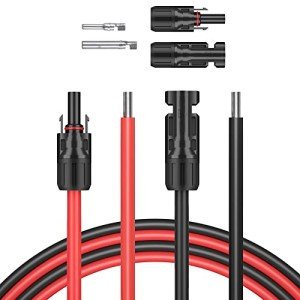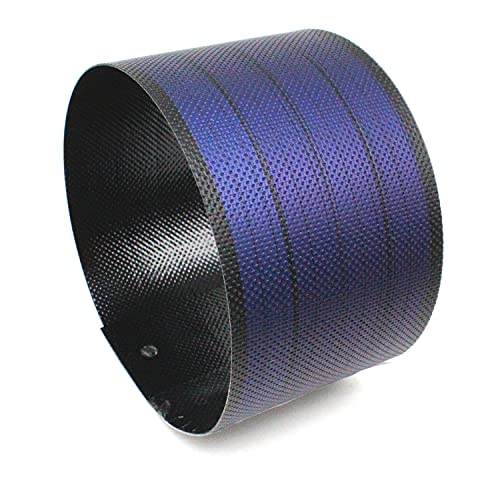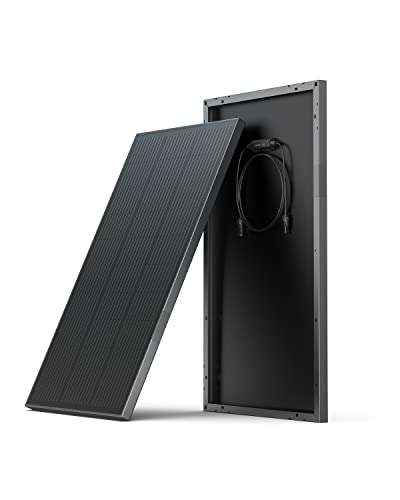Got questions about solar panels? You’re not alone! Let’s tackle some of the most common queries that pop up in the world of solar energy.
How much do solar panels cost? This is probably the first thing on your mind. Prices can vary quite a bit, but generally, you can expect to pay between $15,000 to $25,000 for a typical residential system before any tax credits or incentives. Just remember, they can save you money on electricity bills in the long run.
How long do solar panels last? This is another popular question from anyone exploring these energy-saving solutions. Most solar panels come with warranties of 25 years or so. With proper care, many panels can last longer. They’re designed to withstand weather and wear, so you can feel good about your investment.
Do solar panels work on cloudy days? Absolutely! While they do perform best in sunny conditions, solar panels can still generate power on cloudy days. They might not hit peak output, but hey, any energy production is still a win! Just think about how much energy you can save during sunny spells.
Remember, these are just a few of the key Solar Panel FAQs. Digging deeper into solar energy can help you make a smart choice for your home. If you have more specific questions, don’t hesitate to ask—getting informed is the best way to go solar!
How Solar Panels Work Explained
Have you ever wondered how solar panels actually work? It’s pretty fascinating! At their core, solar panels capture sunlight and turn it into electricity. This process is simple and efficient, making them a great choice for anyone looking to power their home or business with clean energy.
So here’s the scoop: solar panels are made up of lots of tiny units called solar cells. When sunlight hits these cells, they create an electric field. This is thanks to a special material called silicon, which is super important in the energy conversion process. It’s all about catching those rays and turning them into something we can use!
Once the solar cells generate electricity, it’s still in a form called direct current (DC). But most homes use alternating current (AC) electricity. So, there’s a little device in the mix called an inverter that flips that DC into AC, making it usable for your home appliances. This magic turns your sunny days into a power source for everything from your fridge to your TV.
Curious about what happens when your solar panels generate more energy than you actually use? That’s the beauty of many solar setups! If you’re connected to the grid, any extra energy can be sent back to the grid, and you might even earn credits. This is definitely something to look into when diving into the Solar Panel FAQs!
5FT 10AWG Solar Panel Wire with Connectors
Get your solar setup running smoothly with this durable and flexible solar panel wire
Product information
$9.99
Product Review Score
4.97 out of 5 stars
163 reviewsProduct links
Costs and Savings of Solar Power
Many states offer tax credits and some utilities have rebates that can significantly lower that initial cost. You could even get up to 30% back on your federal taxes right off the bat. Plus, many solar companies offer financing options, so you don't have to shell out a huge lump sum all at once.
Now, let’s chat about savings. After you install solar panels, you’ll likely see a drop in your monthly electricity bills. How much? It depends on your energy usage and local costs, but many homeowners report saving 50% to 80% on their power bills. Over the life of the panels, which can range from 25 to 30 years, that adds up to some serious cash!
You can also think about the value solar adds to your home. Homes with solar panels often sell for more, and they tend to attract buyers who are interested in eco-friendly features. Interested in the numbers? Check out various Solar Panel FAQs to learn how your specific situation could play out in terms of costs, savings, and returns on investment!
Flexible ETFE 6V Roll-Up Solar Panel
Harness the power of the sun with our lightweight and portable flexible solar panel designed for easy outdoor use
Product information
$22.99
Product Review Score
4.25 out of 5 stars
17 reviewsProduct links
Installing Your Solar System Made Easy
Getting your solar system up and running doesn’t have to be a headache. Many folks worry about the installation process, but once you break it down, it’s really quite straightforward. And don't worry; I'm here to walk you through it with answers to your pressing Solar Panel FAQs.
First things first, the location of your solar panels is super important. You want a spot that gets lots of sunlight throughout the day. Most people choose their roofs, but some might opt for ground mounts if that's easier. Make sure there are no big trees or buildings casting shadows on your panels. A little planning goes a long way!
Next up, you’ll need to gather your tools and materials. Depending on the type of system you choose, you’ll usually need some brackets, wiring, and a trusty inverter. If you’re a DIY enthusiast, there are plenty of kits available that come with everything you need. Just don’t forget the safety gear—better safe than sorry!
Finally, let’s chat about the installation itself. Start by securing the brackets to your chosen spot. Once that's done, you’ll attach the panels and connect everything to the inverter. If you can follow instructions (and there are plenty of videos online to help), you’ll be just fine! And if you ever run into questions, just jump back to our Solar Panel FAQs for quick answers. There's no shame in checking!
Take it step by step, and before you know it, you'll have your solar system ready to go. Enjoy the savings and the peace of mind knowing you’re using clean energy!






